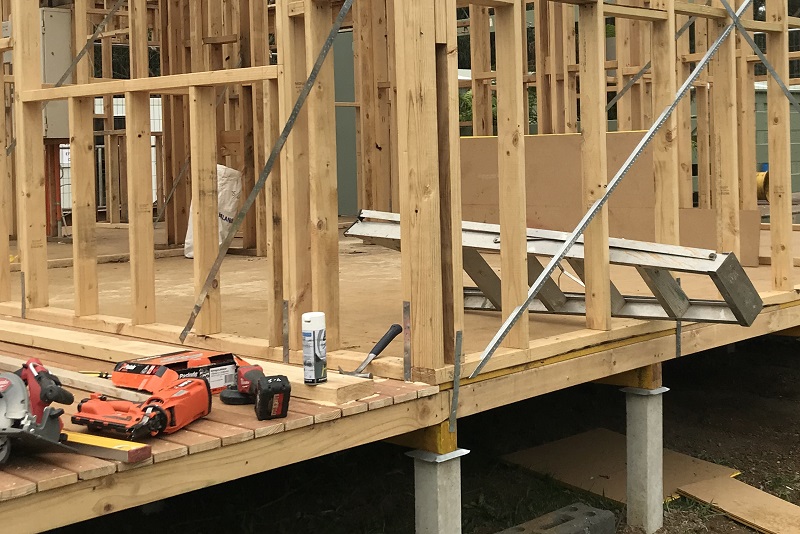Projects to help fix Simpson, Timboon housing shortages
Published on 19 July 2021

Up to 140 residential blocks will be created to attract workers and create jobs in Simpson and Timboon.
Corangamite Shire’s ‘Unlocking Housing’ project aims to set the towns up for a secure and prosperous future.
Mayor Ruth Gstrein said the influx of energy sector construction workers and the loss of long-term rental properties to Airbnb were making finding somewhere to live increasingly difficult.
“While the local economy benefits from visitors, this has driven up rents with some going up as much as 10 per cent in past year,” Cr Gstrein said.
“The shortage of rental houses makes it very difficult for local workers to afford accommodation. That then affects businesses which can’t get staff.
“Creating housing for key workers will help address current skills shortages. In the longer term, growing our towns and increasing the population will help sustain the local economy.
“Visitor numbers are forecast to grow so new development and infrastructure will be needed to support our tourism operators.”
Cr Gstrein said ‘Unlocking Housing’ would rezone and prepare land for development.
“It will include infrastructure such as sewerage, water mains, roads, kerb and channel and drainage works, fire services, power and telecommunications.
“We’re very grateful to the State Government which has committed $2.28 million towards initiatives in the Great South Coast including Simpson and Timboon,” Cr Gstrein said.
Coastal Ward Councillor Jamie Vogels said ‘The Unlocking Housing – Simpson Project’ would create 80–100 serviced residential lots in Simpson.
“Agriculture and tourism are the two big earners for the Shire and there’s a definite need for farm workers right across the district. With the expected growth in tourism activity on the great Ocean Road in coming years, Simpson will be well positioned geographically for workers who need to live close to tourism businesses.
“This project will subdivide 11.1 hectares that was identified in the ‘Positioning Timboon and Simpson Strategy’.
“The land is on the edge of the town so an appropriate supply of residential, commercial and industrial land can be made available but still protect the surrounding farmland.”
Work will include 400 m of water mains plus sewer extension to new pump station, road, kerb and channel, drainage power and telecommunications infrastructure.
“Council will work with the landowner to find a development partner to build and market the subdivision.”
South West Ward Councillor Kate Makin said the ‘Unlocking Housing – Timboon Project’ would create 30-40 serviced residential lots in Timboon next to the transfer station.
“There is a definite lack of rental accommodation available in Timboon,” Cr Makin said. “Most of the leased properties are targeted at short-term holiday renters.
“Sales data shows Timboon is popular with tree-changers, people downsizing from farms, retirees and families because it has a hospital and school and close to bigger towns with higher level services.
“They tend to want bigger houses and blocks so there is an opportunity for smaller dwellings that are more affordable for those key workers in agriculture and tourism related businesses.
“The plan is to create a subdivision on about 4 ha of council-owned land next to the Transfer Station.
“It will need a 280 m sewer main and new pump station, another 800 m of internal sewerage, 800 m of water main extension, plus road, kerb and channel, power and, telecommunications.
“There is also a lot of background work like bushfire, environment, and cultural heritage studies, land survey and planning assessment.”
The project will be undertaken over the next two years.
Council is working with the Great South Coast Regional Partnership—comprising Moyne, Surf Coast, Colac Otway, Southern Grampians and Glenelg Shires—to develop a ‘Homes for Key Workers Action Plan’ which will address housing availability and affordability.
Partnership Chair Lisa Dwyer said: “The Great South Coast Regional Partnership has prioritised the need to address the mismatch between housing supply and demand for accommodation for key workers, as this impacts the ability to attract and retain them to the region.